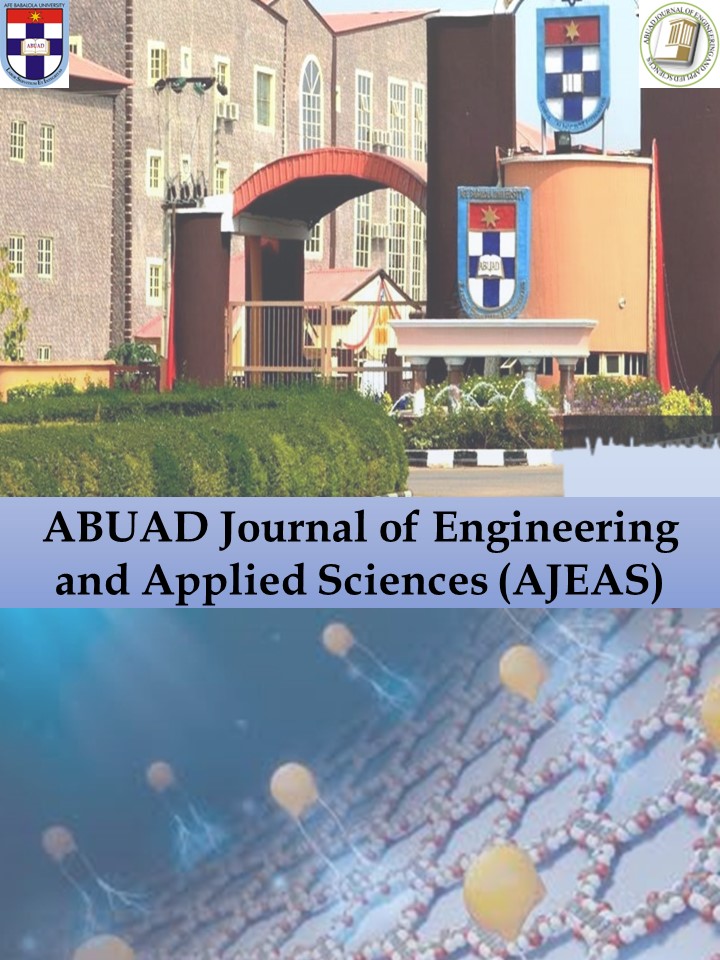Impact of Rice Husk Ash Bio-Pesticide Treatment on Germinability of Stored Maize Seeds Damaged by Maize Weevil (Sitophilus zeamais)
Main Article Content
Abstract
The residual effects of chemical pesticides on stored maize pose significant hazards to human health. This concern led to an investigation into the impact of Rice Husk Ash (RHA), a natural bio-waste, as a biopesticide treatment on the germinability of maize damaged by Sitophilus zeamais (S. zeamais). The research was conducted at the Laboratory of Crop, Soil, and Pest Management in the Department of the Federal University of Technology, Akure, Nigeria. Infested maize seeds were treated with three concentrations of RHA (1 g, 2 g, and 3 g) and germinated under controlled conditions. Data from the measured parameters for the germinability test were descriptively analysed using Microsoft Excel v.2013. The results showed a significant positive correlation between RHA concentration and the parameters measured for germinability. The highest mortality rate (83%) of S. zeamais was recorded at the 3 g RHA concentration, while the control treatment had the lowest mortality rate (7%). The highest germination percentage (98%) and rate (14%) of the treated maize were observed at the highest concentration of RHA (3 g), whereas the control recorded the lowest values of 46% and 7% for these parameters, respectively. Analysis of variance at a p-value ≤ 0.05 revealed that RHA treatment significantly enhanced the germinability of stored maize. Therefore, RHA is recommended for use due to its cost-effectiveness and eco-friendly properties as a seed treatment against S. zeamais.




